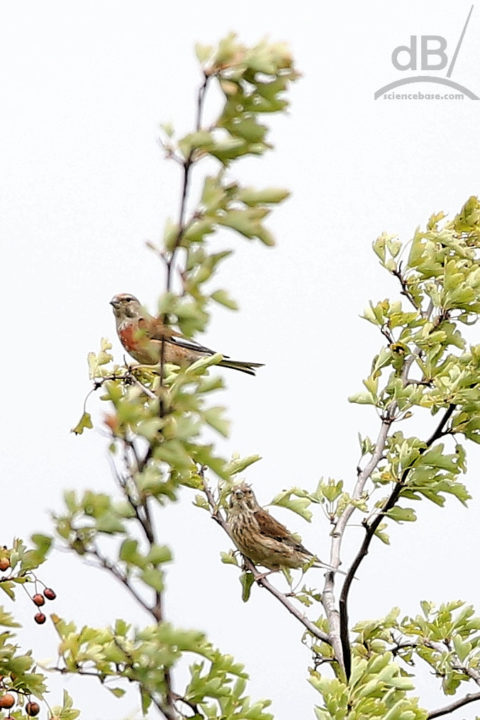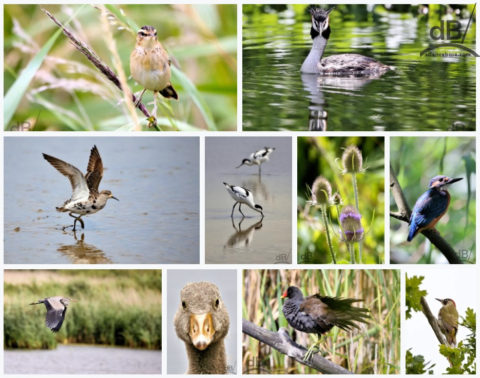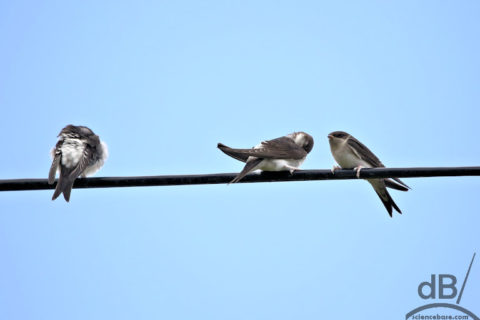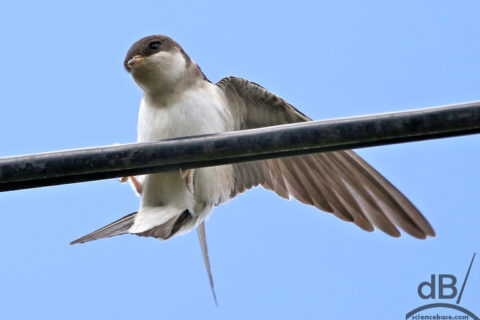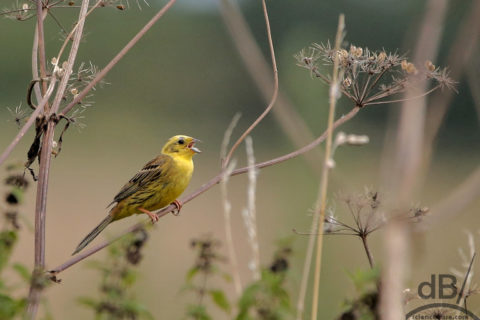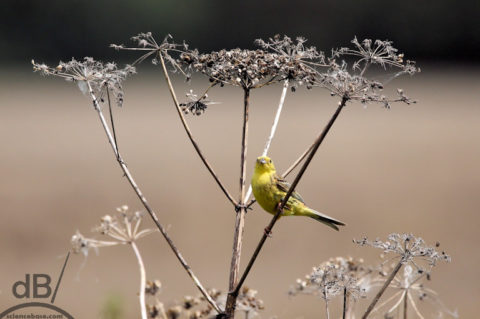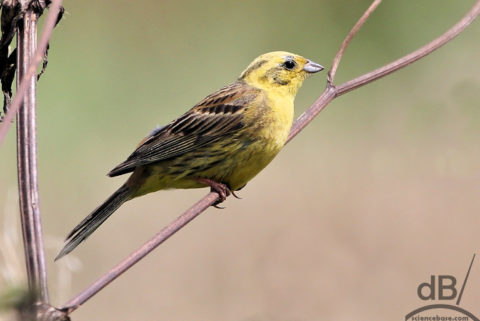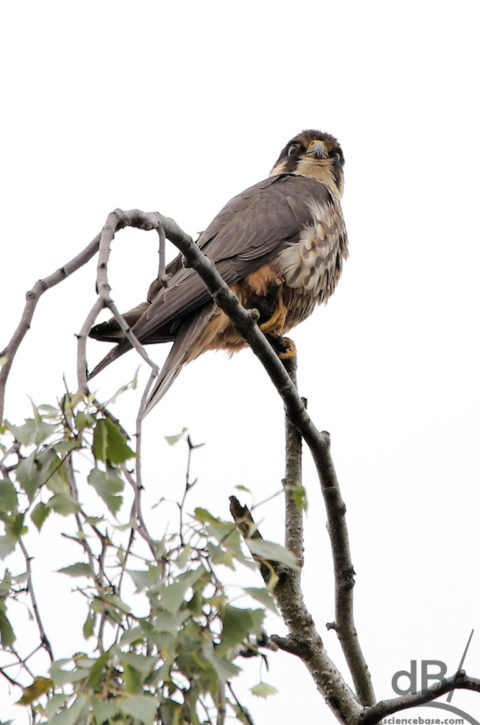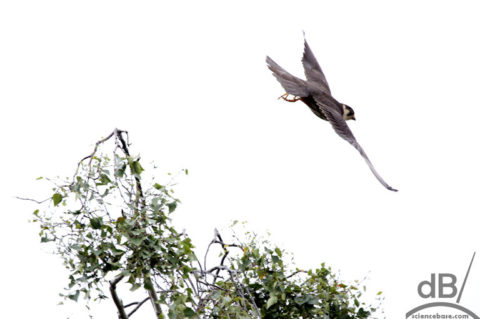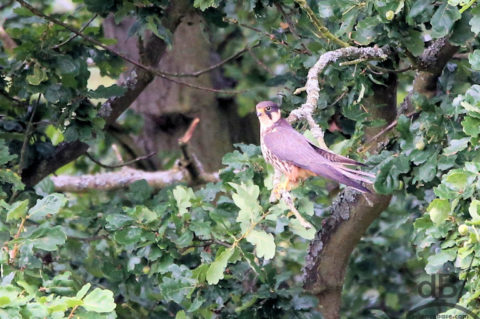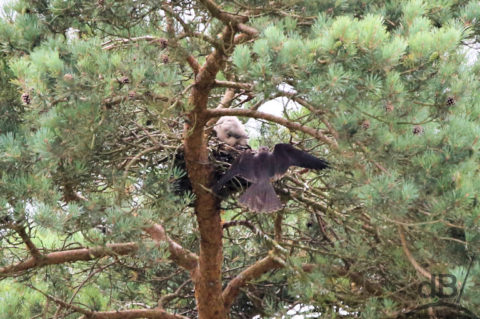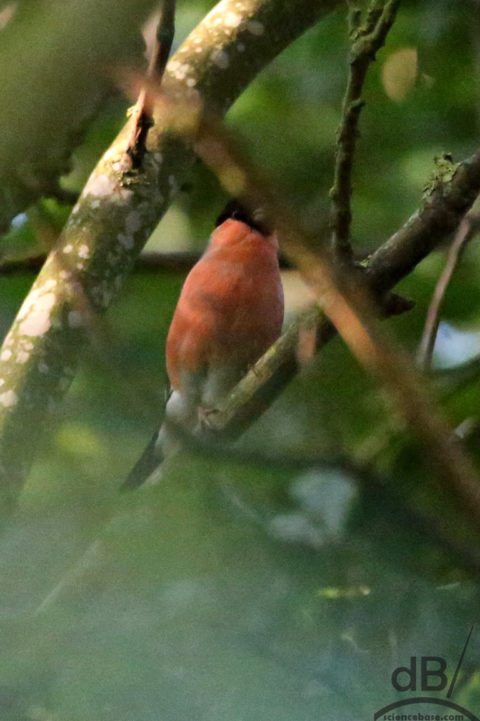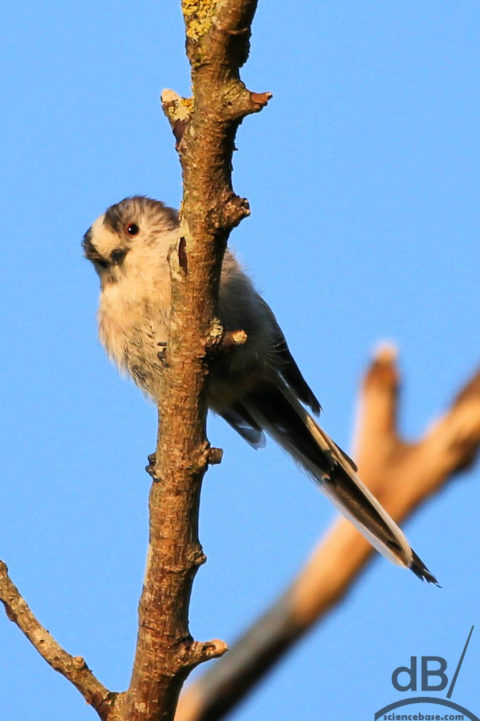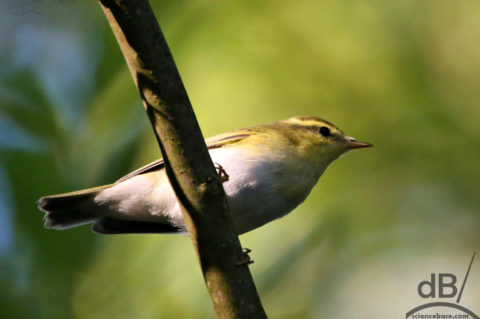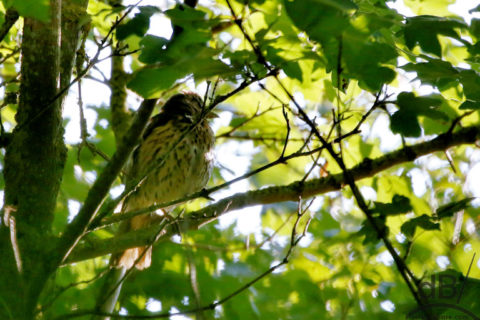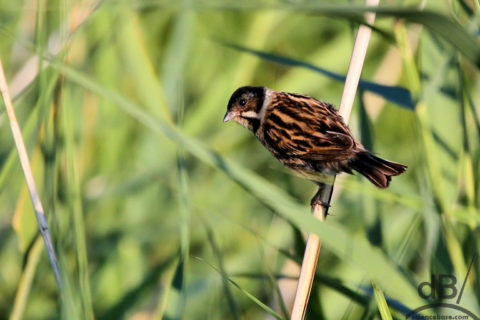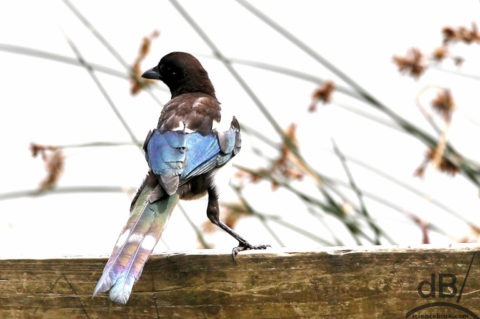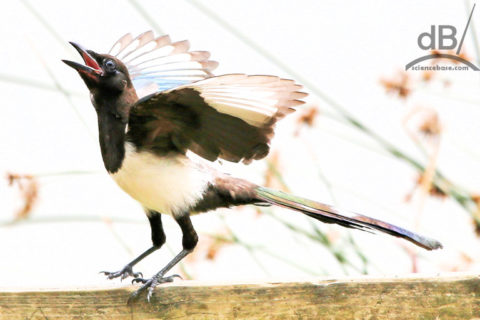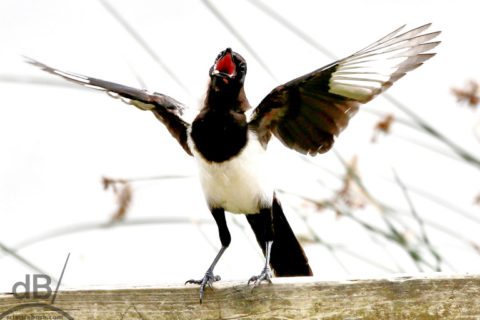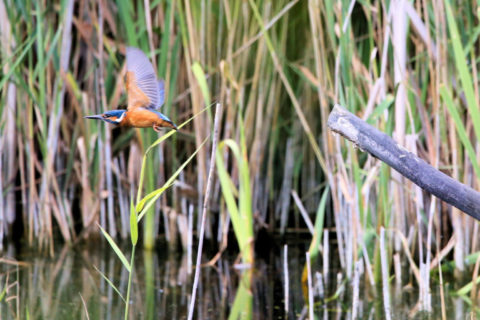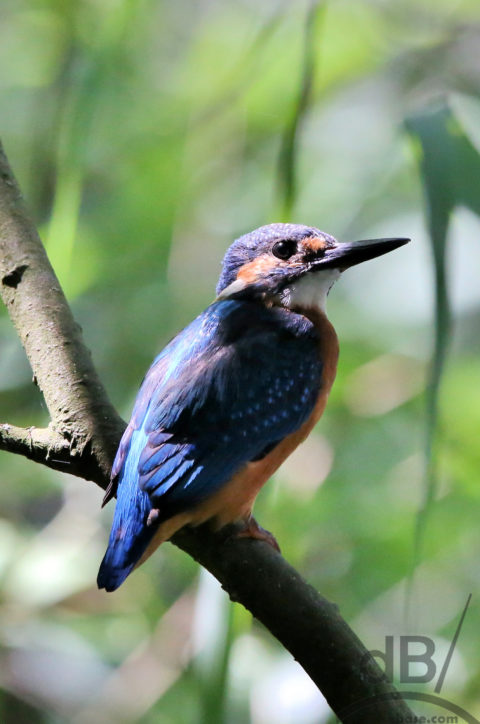UPDATE: There are several accessible chunks to this reserve now in addition to the Needingworth side: The Over side, which is the shortest route to the Reedbed Trail via a very rough drove, parking is potholed, but the section is beautiful, the Earith entrance which is relatively new, good parking. Also, you can access the Barleycroft Lake section from another reserve RSPB Berry Fen. At some point, these will all be joined by trails so you should be able to park in Earith and wend your way through to the Reedbed Trail, across the Great River Ouse and through the Needingworth side.
I am bit reluctant to tell you about the little jewel I have found. It’s not three quarters of an hour’s drive from Cambridge. Although the title of this blog post sort of gives it away…
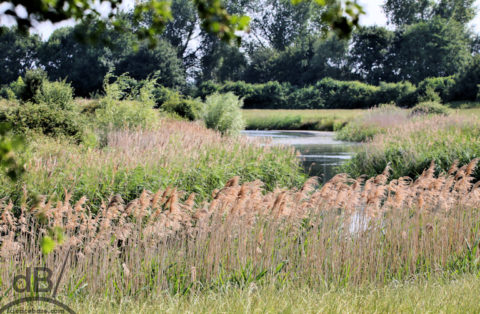
It’s a lovely picturesque place, lots of decent footpaths, trees, ponds, hedgerows, reed beds, and lakes, and lots of bird life. And, there was nobody else there almost the whole time I wandered around, I only saw one couple when I arrived and a couple of people as I was leaving.
Admittedly, it’s a former gravel works/quarry and is flanked by active quarrying, which is feeding materials to the A14 roadworks, I reckon. The site will no doubt be rendered as a nature reserve when they have scooped out the last of the shingle and sand. Of course, many a nature reserve emerges from quarried land, better than it being used as a landfill site.
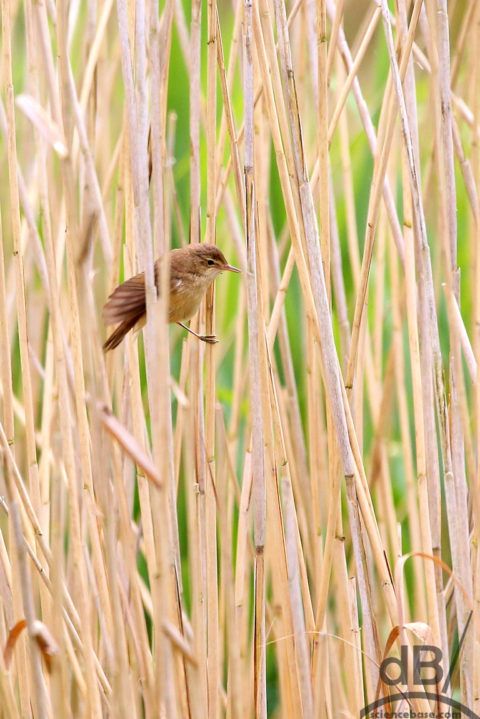
Anyway, we had hail this morning, thunder and lightning, and torrential rain. My plans to visit were almost scuppered, but the clouds cleared a little and I jumped in the car, camera in hand. By the time I got there the clouds had regrouped and it was spitting with rain, half a mile into the reserve and there was thunder and no little lightning. I was too far away from the Faraday cage of my car, so I clung to the hedgerows and kept camera dry in my coat until the storm passed and the clouds broke again. By mid-afternoon it was too hot and I had no water.
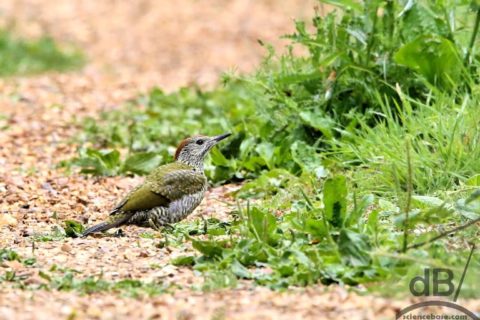
So..the birdlife, lots of green woodpeckers (Picus viridis), juvenile pictured above. They’re also known as yaffles around here and generally feed on ants along the footpaths and on the clear spaces, there were common terns winging it over the lakes, moorhens, swans and numerous reed warblers (Acrocephalus scirpaceus) in the, you guessed it…reeds (top photo). I inadvertently scared a buzzard (Buteo buteo) from its woodland perch into flight, I turned out of that wooded area and caught sight of a red kite (Milvus milvus) pictured below. You’ll notice both of those latter scientific binomials are tautonyms, that means they repeat the first part of the name and it implies that this species is the “type” of the family, the achetypal species one might say.
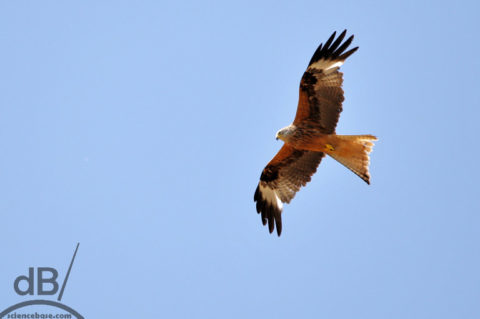
I heard at least a couple of turtle doves (Streptopelia turtur) in the undergrowth of another wooded area, but didn’t see them. Saw one or two reed buntings (Emberiza schoeniclus), but heard many more. Rare was the sound of chiffchaff (Phylloscopus collybita), until after three hours of walking I’d got back to the car. I don’t think I heard nor caught sight of a willow warbler (Phylloscopus trochilus) at all.
In abundance, however, were goldfinches (Carduelis carduelis), another tautonymic bird, whitethroats, blackbirds, starlings, long-tailed tits, great tits, blue tits (all three species with juveniles in tow), wood pigeons, wrens, lapwings, yellowhammers, dunnocks, common tern (below) and a few unidentified LBJ (little brown jobs). There were even oystercatchers around.
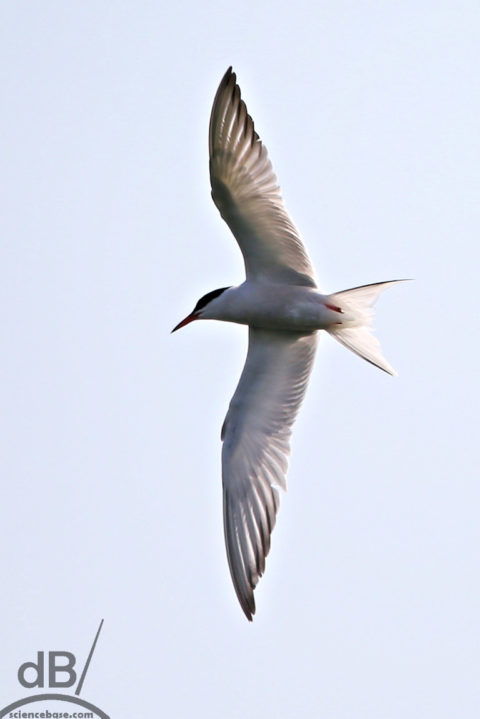
More intriguing though were the warbler-type birds at the farthest point away from the (free) car park. I certainly saw a few more reed warblers, perhaps a sedge warbler, in this area of the reserve (the reedbed trail). But, looking at the shots I got I cannot positively identify some of them as they were flitting among bushes and out of sight. Others, it turns out, are whitethroats (Sylvia communis). The barbed shot below is a juvenile, Mrs Sciencebase suggests.
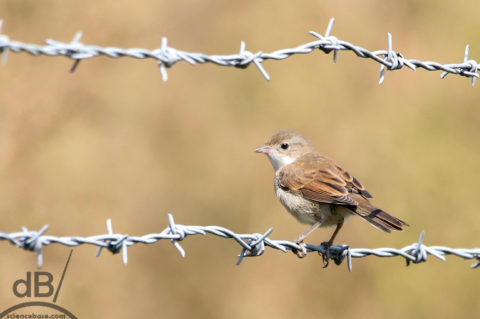
Now, I’ve told you about the place, I would recommend a visit if you enjoy the peace and quiet of a nature reserve, although there is a bit of industrial traffic and the endless churning of the gravel conveyor belt for the quarry, but don’t let that put you off. Looking at the RSPB map for the site, I see now, that in my three hours, I only saw half the site, so another visit is needed…might even get a shot of an adult yaffle!
